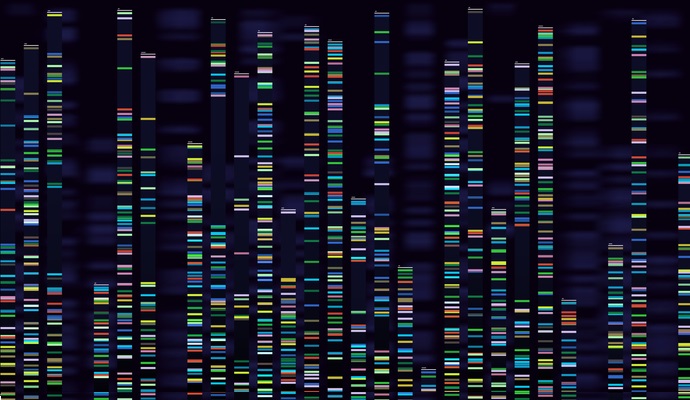Genetic Mutation Data Indicates Ovarian Cancer Risk
Researchers identified a genetic mutation that increases ovarian cancer risk, potentially enhancing early detection and prevention strategies.

Source: Getty Images
- Cedars Sinai scientists have found the origins of a common ovarian cancer by modeling fallopian tube tissue, allowing physicians to determine how genetic mutations increase an individual’s risk of cancer.
Through the created tissue, scientists can predict patients who may develop ovarian cancer, allowing for early detection and prevention strategies.
According to the American Cancer Society, ovarian cancer is the leading cause of gynecologic cancer deaths in the United States due to mild symptoms and difficult tumor detection. While the lifetime risk of developing ovarian cancer is less than two percent for the general population, the estimated risk for individuals who carry a mutation in the BRCA-1 gene is between 35 and 70 percent.
According to the team of scientists, the study’s findings could assist physicians in identifying which patients are most likely to develop ovarian cancer and searching for new ways to prevent or treat cancer.
“We created these fallopian organoids using cells from women with BRCA-1 mutations who had ovarian cancer,” executive director of the Cedars-Sinai Board of Governors Regenerative Medicine Institute Clive Svendsen, PhD, said in a press release.
“Our data supports recent research indicating that ovarian cancer in these patients actually begins with cancerous lesions in the fallopian tube linings. If we can detect these abnormalities at the outset, we may be able to short-circuit the ovarian cancer.”
In the study, the research team generated induced pluripotent stem cells (IPSCs). The researchers started with blood samples taken from two groups of women: young ovarian cancer patients who had the BRCA-1 mutation and a control group of healthy women.
The team then used IPSCs to create organoids modeling the lining of fallopian tubes and compared the organoids in the two groups.
“We were surprised to find multiple cellular pathologies consistent with cancer development only in the organoids from the BRCA-1 patients,” said Nur Yucer, PhD, a project scientist in Svendsen's lab and first author of the study. “Organoids derived from women with the most aggressive ovarian cancer displayed the most severe organoid pathology.”
According to the research team, the organoid technology could predict which specific treatments could work against the disease, preventing exposure to drugs that might not be effective.
“This study represents an exciting use of IPSCs, bringing us closer than ever to significantly improving the outcomes for women with this common type of ovarian cancer,” said Jeffrey Golden, MD, vice dean of Research and Graduate Education and director of the Burns and Allen Research Institute at Cedars-Sinai.
“Building on these findings may one day allow us to provide early, lifesaving detection of ovarian cancer in women who carry the BRCA-1 mutation and create effective, individualized prevention and, if necessary, treatment strategies.”
